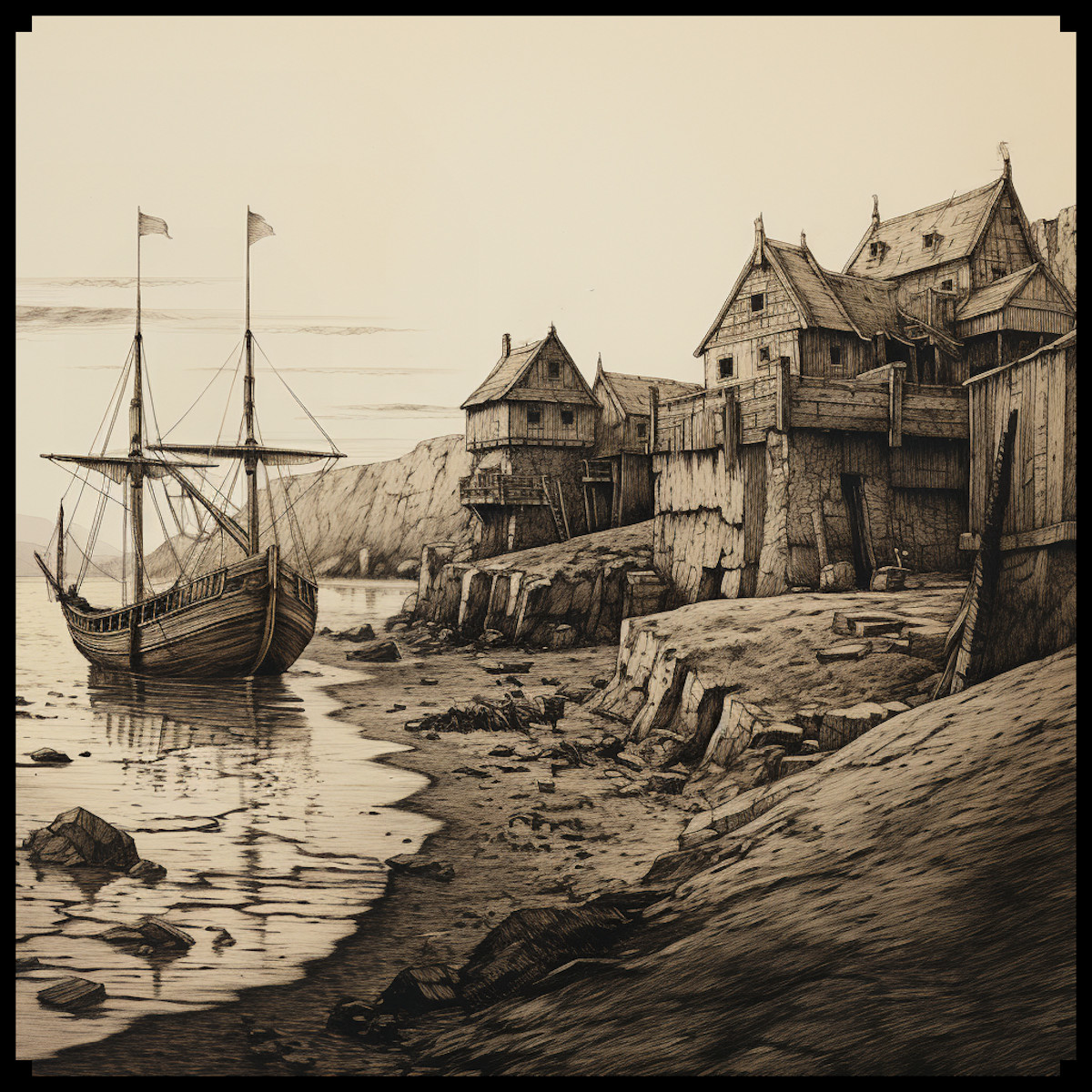
For decades, fantasy enthusiasts have been captivated by the allure of maps that teem with demons, tentacles reaching from the earth, possessed cities and colonies, blood-red organic structures, and mysterious paranormal rifts leading to otherworldly dimensions. These macabre elements have a rich historical context, connecting the worlds of antique maps and the dark fantasies of the present day. In this article, we explore the fascinating history of these motifs and their significance in the realm of cartography, culminating in the unveiling of the Creepy Demonic Vintage Horror Assets Pack – Halloween Special 137 Assets Megapack.
BUY AND DOWNLOAD The Creepy Demonic Vintage Horror Assets Pack – Halloween Special 137 assets Megapack :
Antique Maps: Portals to the Unknown
Antique maps, crafted in the centuries past, often bore witness to a world full of uncharted territories, mystique, and fear of the unknown. These maps reflected the beliefs and superstitions of their time, often incorporating elements of mythology, religion, and folklore. Demons and other supernatural entities were not uncommon additions to these maps, symbolizing the foreboding nature of unexplored lands.
For example, the ancient Here be Dragons phrase, often accompanied by illustrations of monstrous creatures, served as a warning and testament to the fears of sailors venturing into uncharted waters. This reflects the enduring fascination with the supernatural and the otherworldly that has continued to influence modern fantasy cartography.
The Middle Ages and Demonic Imagery
The Middle Ages, with its rich tradition of demonology, played a pivotal role in shaping our modern conception of demons. Texts like Malleus Maleficarum and depictions of demons in medieval manuscripts added layers of complexity to the perception of evil. Artists and mapmakers during this time integrated demonic imagery into their works, portraying towns, villages, and even entire regions as infested with malevolent forces.
One well-known example is the Ebstorf Map, a circular mappa mundi from the 13th century with the face of Christ depicted at the top of the map. Along its outer edges, grotesque demons and sinners are depicted in an attempt to illustrate the notion of the known world’s perils.
The Resurgence of Demonic Cartography
Fast-forward to the present day, and we find a resurgence of these dark elements in the world of fantasy cartography. The Creepy Demonic Vintage Horror Assets Pack is a prime example of how artists and creators are paying homage to antique maps, bringing the old-world charm of demonic symbols into the digital age.
This asset pack includes a plethora of creepy lairs, demonic towns, villages, rifts, castles, dungeons, mountains, dead trees, carnivorous plants, bloody structures, tentacles, demons, and more. Each asset is meticulously designed to evoke the eerie aesthetics of antique maps, ensuring that every map created with these assets tells a chilling story.
Connecting the Past and Present
The connection between ancient demonology and cartography is evident in the enduring fascination with maps that convey an ominous and mystical aura. The Creepy Demonic Vintage Horror Assets Pack bridges the gap between the historical roots of these motifs and the modern fantasy genre, offering creators a powerful tool to bring their dark and imaginative worlds to life.
Conclusion
In the world of fantasy and antique maps, the allure of demons, tentacles, possessed cities, and paranormal rifts has a deep historical context that continues to captivate our imagination. The Creepy Demonic Vintage Horror Assets Pack pays homage to this tradition, offering a treasure trove of assets that evoke the eerie charm of antique maps. As we create new realms filled with dark enchantment, we are reminded of the enduring connection between cartography, demonology, and our insatiable curiosity for the unknown.





